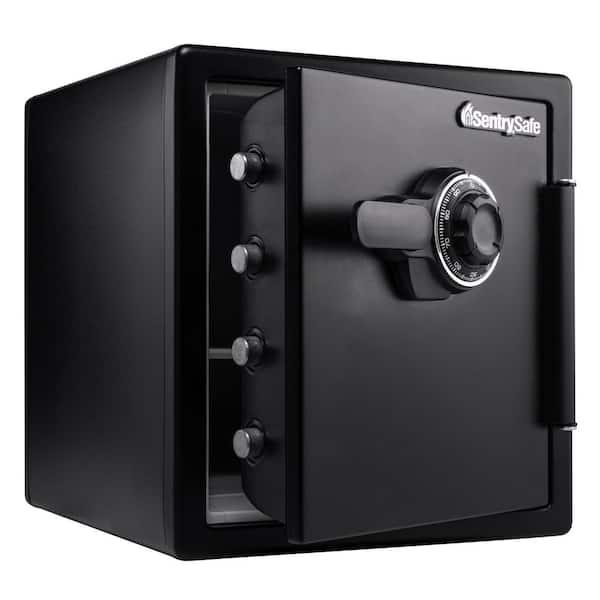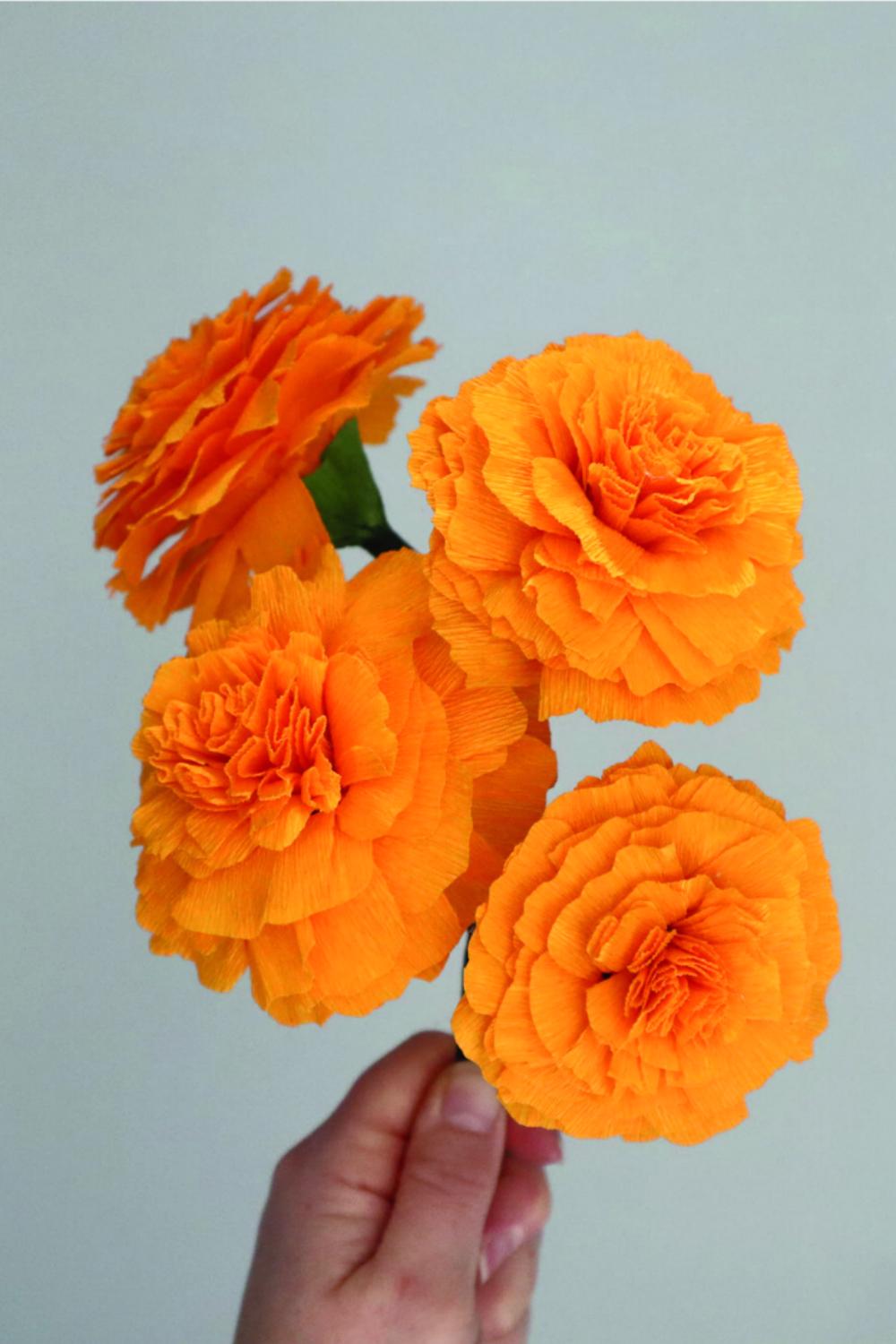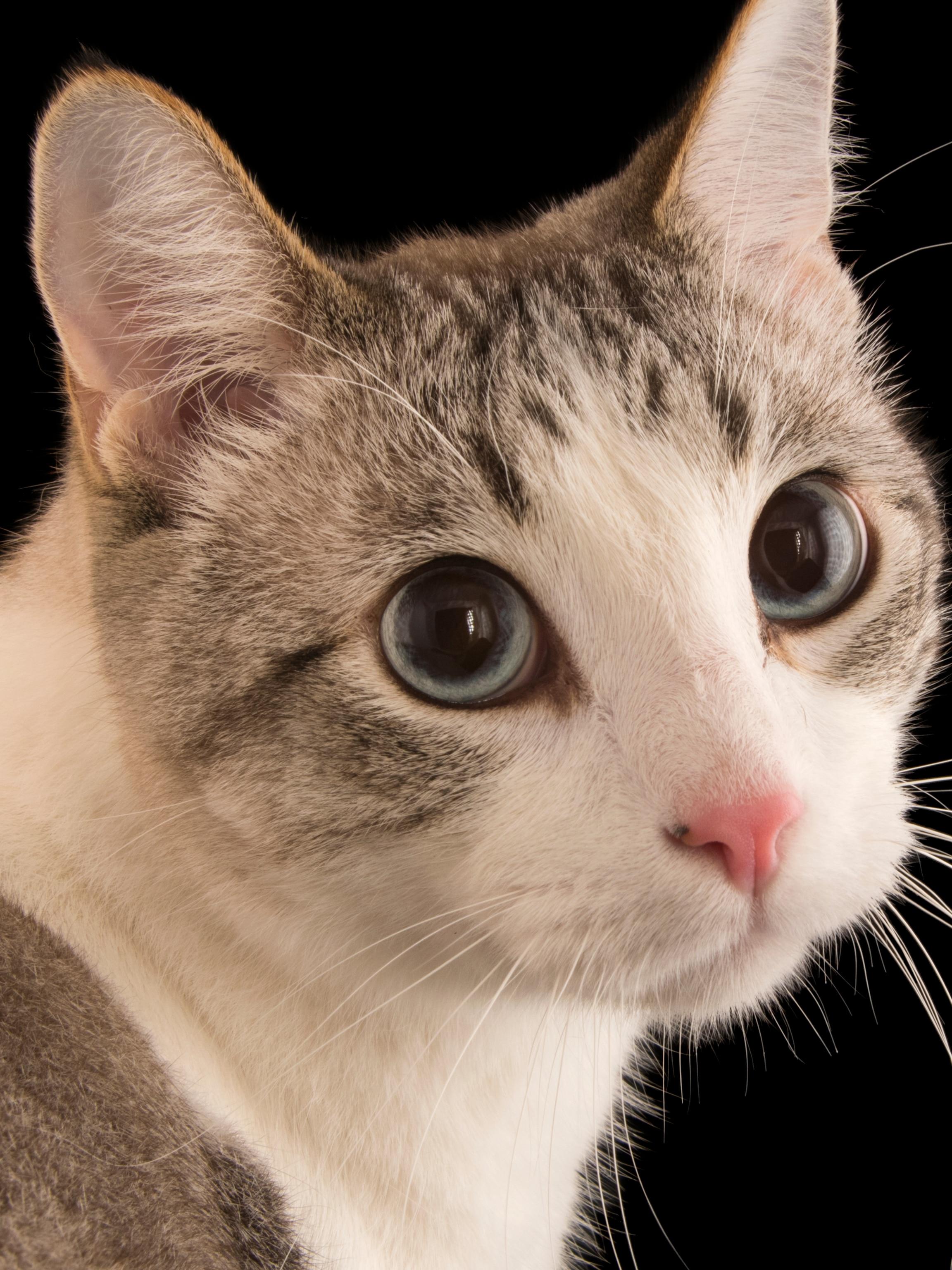Imagine a place where your feline friend finds comfort, security, and a sense of ownership—a little space designed just for them. Welcome to the world of “My Cat Cage,” where the boundaries of traditional pet housing are reimagined. Whether you’re introducing a new companion into the family or simply providing a sanctuary for your cat to unwind, a well-designed cat cage offers countless benefits for both you and your furry friend. In this article, we’ll explore the essential elements that make up the perfect cat cage, providing insights into design, functionality, and tips for creating a harmonious environment for your beloved pet.
Table of Contents
- Choosing the Perfect Cat Cage for Your Furry Friend
- Creating a Safe and Comfortable Environment Inside Your Cat Cage
- Top Features to Look for in a High-Quality Cat Cage
- Maintaining and Cleaning Your Cat Cage for Longevity and Hygiene
- Q&A
- To Wrap It Up
Choosing the Perfect Cat Cage for Your Furry Friend
Finding the right space for your feline companion can make all the difference in their comfort and happiness. When choosing a cat cage, ensuring it meets the essential requirements for size, material, and safety features is crucial.
Size Matters: Your cat should have enough room to stand, sit, and turn around comfortably. A general guideline is to select a cage that is at least one and a half times the size of your cat’s length, providing ample space for them to stretch and feel unconfined. If you’re aiming for something more custom, consider adding shelves or perches to give your cat vertical space to explore, transforming the cage into a three-dimensional playground.
- Ensure there’s plenty of room for sleep, play, and stretching.
- Add vertical elements like shelves for climbing.
- Consider their favorite resting and hiding spots.
Material Selection: Opt for cages made from sturdy, non-toxic materials. While wire mesh cages are popular due to their durability and ventilation, they might require a liner or protective edges to prevent injuries. Also, ensure any fabric elements are easy to wash and maintain. Proper material selection not only impacts durability but also influences ease of cleaning, an essential factor for maintaining hygiene and odor control.
| Material | Pros | Cons |
|---|---|---|
| Wire Mesh | Durable, good ventilation | May require edge protection |
| Plastic | Lightweight, easy to clean | Less sturdy over time |
| Wood | Aesthetically pleasing, comfortable | Heavier, can absorb odors |
Safety and Accessibility: The ease of access not only affects your cat but also impacts your interactions with them. Look for cages with multiple doors or openings, allowing you to reach different parts or make cleaning easier. Safety also involves secure latching systems and rounded edges to avoid injury. If your feline enjoys a bit of seclusion, consider models with curtain-like covers or built-in hiding areas ensuring they can retreat during tense moments.

Creating a Safe and Comfortable Environment Inside Your Cat Cage
When designing the interior of a cat cage, it’s essential to create an environment that is both safe and inviting for your feline friend. One way to achieve this is by opting for a cozy blanket that covers the entire floor area of the cage. The blanket not only provides a soft surface but also retains the familiar scents your cat adores, making the cage a more comforting place to stay. Adding a catnip toy or a cat treat inside can make the space even more appealing, encouraging your cat to explore and feel at home [[2]].
In addition to comfort, it’s crucial to consider safety and accessibility by including spaces where your cat can hide when feeling stressed or anxious. Keeping a corner of the cage lined with slightly thicker padding can serve as a secluded retreat. This designated area should be secluded enough to offer privacy yet remain easily accessible so your cat doesn’t feel trapped if the need to escape arises [[1]].
- Cozy Blankets: Provide warmth and comfort
- Catnip Toys: Stimulate play and curiosity
- Treat Spot: Regularly change treats to maintain interest
- Hideaway Corners: Offer security and solitude
Furthermore, ensure adequate ventilation and avoid overcrowding the space with too many items. An open layout within the cage allows for movement and exploration, preventing feelings of confinement. Placing a small bowl of water within reach but not too close to the sleeping spot ensures your cat remains hydrated without risking accidents. A tiny splash-proof dish works well for this purpose.
To visualize this setup, here’s a simple layout idea using a WordPress-style table:
| Item | Position | Purpose |
|---|---|---|
| Blanket | Floor Entire | Comfort & Warmth |
| Catnip Toy | Near Entrance | Engagement & Play |
| Treat Area | Corner Away from Bed | Encouragement |
| Hideaway | Rear Corner | Safety & Privacy |
| Water Bowl | Side Opposite Bed | Hydration |
By mindfully arranging your cat’s living space, you cater to their natural instincts and preferences, ensuring their well-being and making the cage a welcoming haven. As your cat begins to associate this setup with safety and tranquility, their stress levels are likely to decrease, reflecting positively on their overall health [[3]].

Top Features to Look for in a High-Quality Cat Cage
When selecting a cat cage, it’s crucial to focus on features that enhance both comfort and convenience. A sturdy construction is paramount; look for high-quality materials that can withstand scratches and ensure durability over time. A well-built cage provides a safe haven for your feline friend, especially during travel or veterinarian visits.
Portability is another feature to consider. Having a cage that’s lightweight yet robust allows for easy handling without compromising on strength. Additionally, an ideal cage should have multiple access points, such as front and top openings, to facilitate effortless placement and removal of your cat. This feature is particularly beneficial for minimizing stress, as you won’t need to coax your cat excessively into the carrier.
- Sturdy construction
- Lightweight design
- Multiple access points
- Comfortable interior
- Easy-to-clean features
Interior comfort can’t be overlooked. Ensure the cage offers ample space for your cat to move comfortably, with cushioning or padding to keep the interior cozy. Cats appreciate a familiar texture, so consider adding a soft lining or a small blanket that your pet loves. This can reduce anxiety by making the cage feel more like a safe zone.
opt for a cage with easy-to-clean features. Removable trays or sections allow for straightforward cleaning, which helps maintain hygiene and leverages your convenience. Consider a design that incorporates accessible sections or slide-out components to facilitate quick and effective cleaning.
| Feature | Benefit |
|---|---|
| Durable Materials | Long-lasting use |
| Top & Front Openings | Easy access |
| Removable Liners | Simple cleaning |
| Portable Design | Convenient transport |

Maintaining and Cleaning Your Cat Cage for Longevity and Hygiene
When it comes to ensuring the longevity and hygiene of your cat’s cage, consistency is key. Regular cleaning not only maintains a healthy environment for your feline friend but also helps to extend the life of the cage itself. A systematic approach to cleaning can transform this task from a chore into an opportunity to ensure your pet’s comfort and safety.
Begin with daily routines such as removing waste and any leftover food. It’s important to prevent the build-up of bacteria which could lead to unpleasant odors or even health issues for your cat. Incorporate these steps into a daily checklist:
- Scoop out litter and replace as needed
- Wash food and water dishes with hot, soapy water
- Check for spilled food or water that needs wiping
Once a week, a more thorough cleaning routine should be followed. This involves removing all items from the cage, washing the interior thoroughly using a pet-safe cleaner, and inspecting for any signs of wear or damage that might need attention. Pay particular attention to corners and edges where dirt tends to accumulate. Consider these weekly tasks:
- Remove and wash all bedding and toys
- Disinfect the entire cage with a non-toxic solution
- Inspect the cage for rust or other damage
Monthly deep cleans, involving a disassembly of any removable parts, allow you to clean and sanitize every nook and cranny. Check for any signs of wear and tear, which, if found, should be addressed promptly to prevent further damage. Investing time in these detailed cleans helps in safeguarding your investment in both the cage and your pet’s well-being. When equipped with a proper maintenance table, like the example below, you can efficiently track your cleaning schedule:
| Task | Frequency |
|---|---|
| Daily Cleaning | Every Day |
| Weekly Cleaning | Once a Week |
| Monthly Deep Clean | Once a Month |
Q&A
Q&A: Understanding Your Cat’s Cage Needs
Q1: Why does my cat spend so much time in her cage?
A: There could be several reasons your cat seems to prefer staying in her cage, ranging from comfort to security. Cats are instinctively drawn to spaces where they feel safe, especially if they’ve chosen the cage as a personal retreat. Observe if there are any changes in the household or environment that might make your cat feel uneasy or stressed. It’s also important to ensure the cage is spacious, well-ventilated, and has comfortable bedding to meet her needs.
Q2: My cat keeps giving birth in her small carrier. Should I be concerned?
A: It’s not uncommon for cats to choose secluded and confined spaces for birthing, as it provides a sense of security. However, if her chosen space is too tight, it could pose risks during labor. Consider offering a larger, more comfortable area where she can give birth safely, such as a quiet room furnished with a birthing box[1].
Q3: My cat seems to enjoy watching my chameleons; is this normal?
A: Yes, it’s quite normal for cats to be curious about other animals, including chameleons. Cats are naturally inquisitive and may be fascinated by the movements of these reptiles. However, it’s essential to ensure that your chameleon’s habitat is secure and that your cat’s interest does not cause stress for the chameleon[2].
Q4: How can I make my cat more comfortable when I need to use a cage for travel or vet visits?
A: To make cage experiences more pleasant, start by introducing your cat to the cage well before it’s needed for travel. Place familiar items like blankets or toys inside and offer treats to create positive associations. Gradual acclimatization will help reduce anxiety and make future cage experiences less stressful for your cat.
To Wrap It Up
As you embark on the journey of ensuring comfort and security for your feline friend in their new enclosure, let “My Cat Cage” be a testament to a harmonious blend of practicality and pet affection. May your cat find both peace and play in their space, where every purr resonates with contentment and every rest seems like a cozy embrace. Don’t forget, the ultimate goal is to create a sanctuary of trust and care, where the boundaries of the cage are softened by love and understanding. Thank you for joining us on this exploration of feline care—may your cat’s cage be the start of new adventures and cherished moments together.







0 Comments